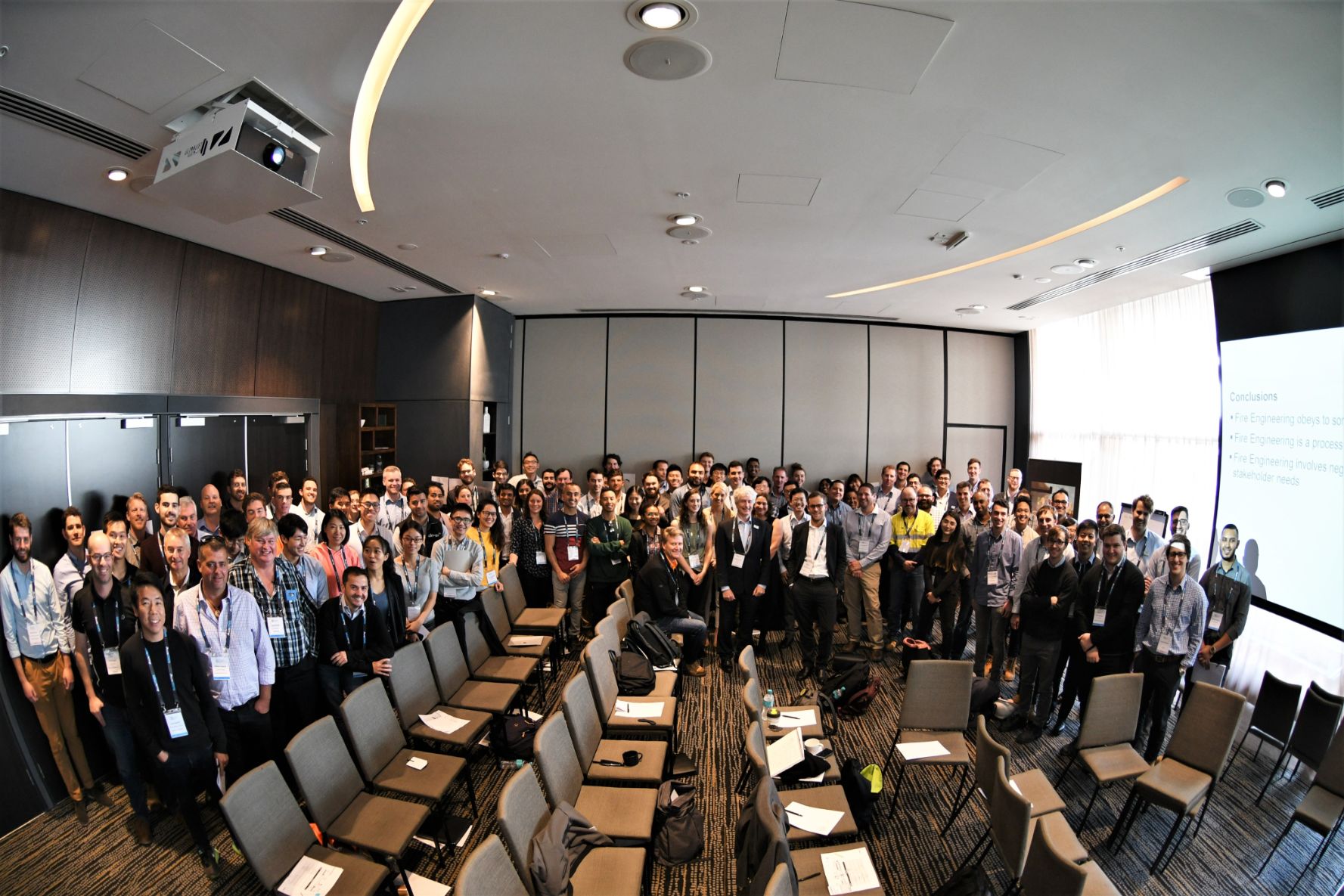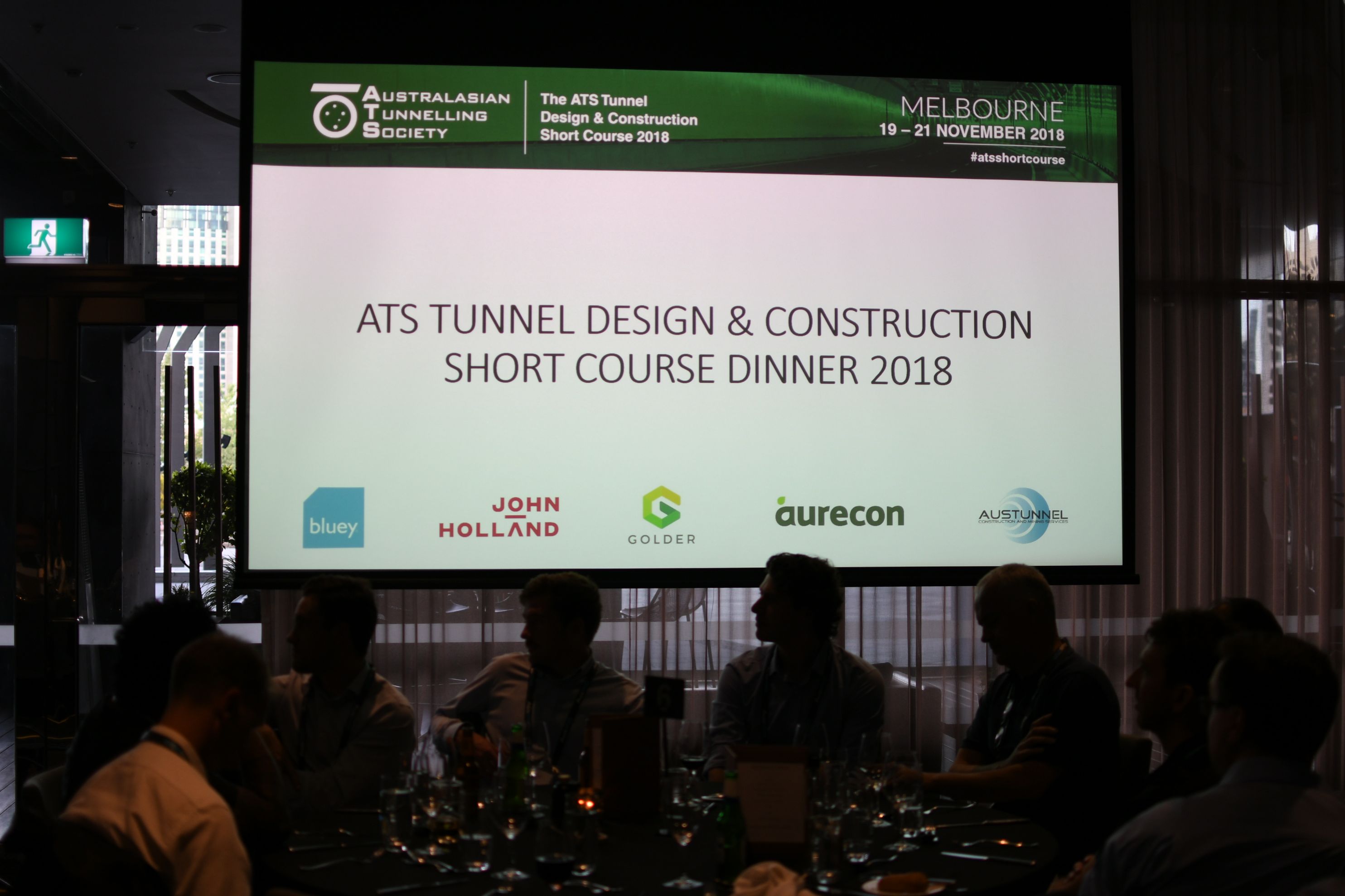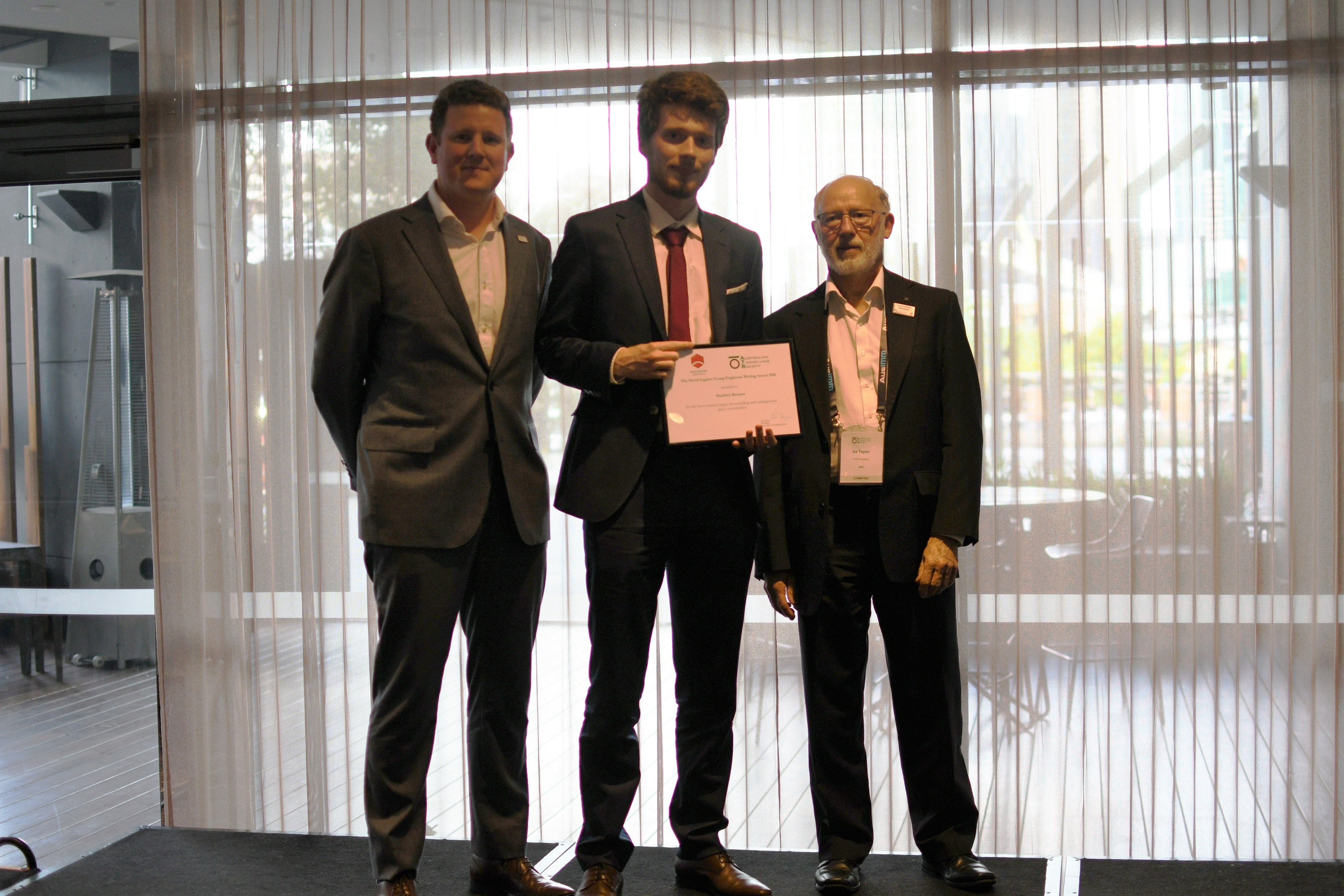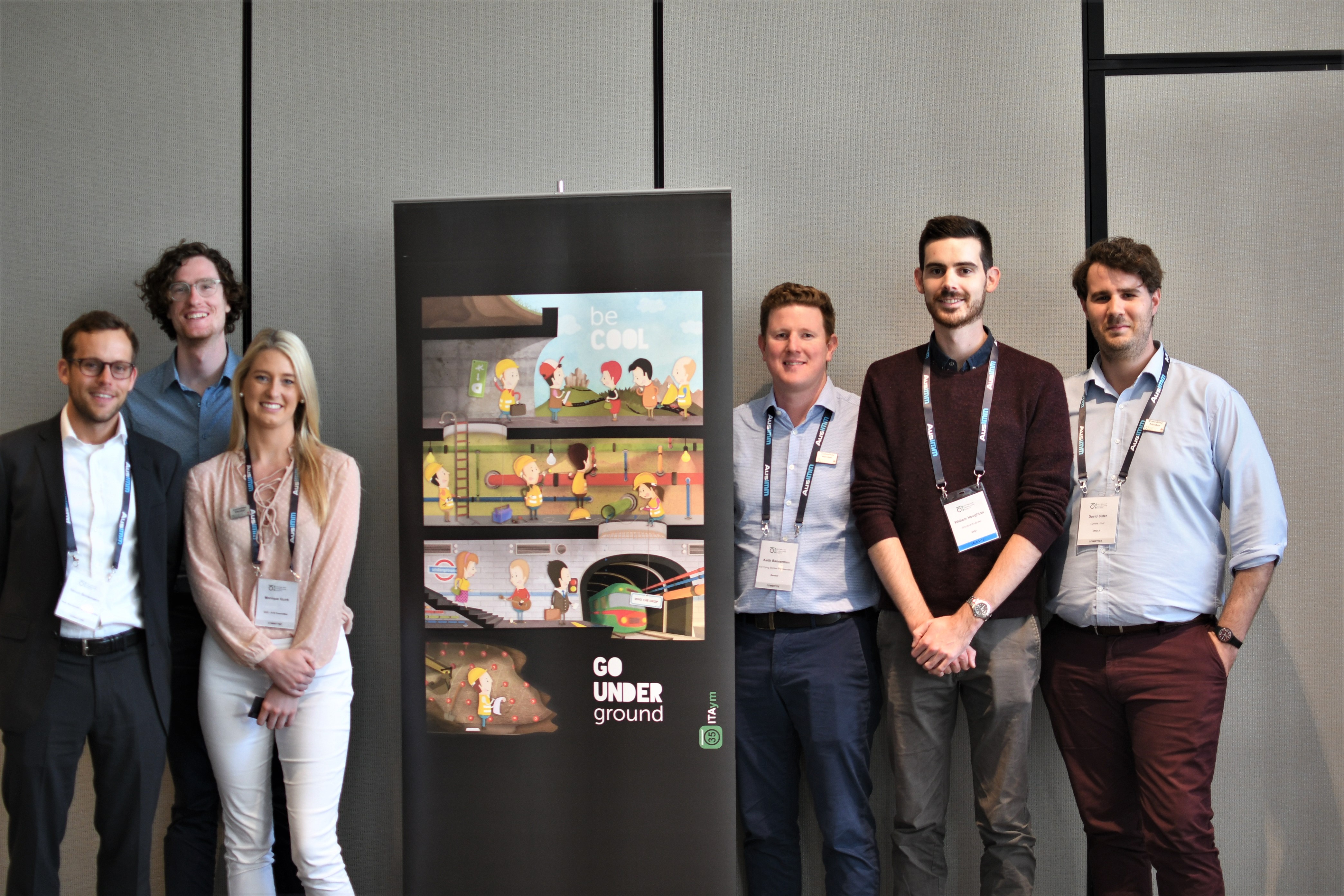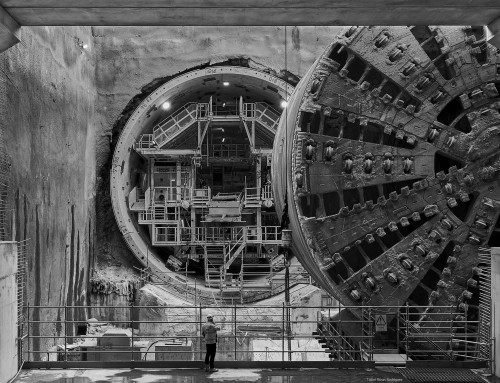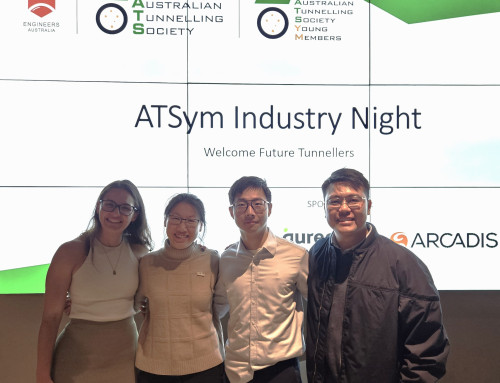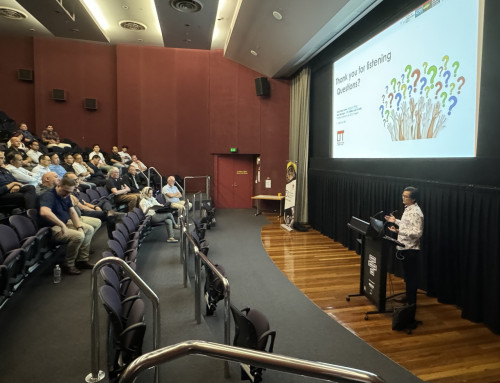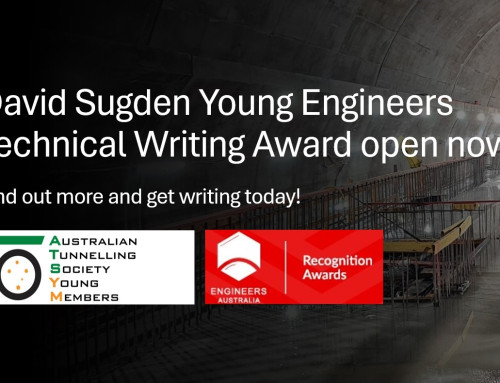The Australasian Tunnelling Society recently hosted a three day short-course in Melbourne, featuring a variance of tunnelling design and construction sessions. The schedule included two and half days of technical presentations and interactive workshops, relating to past projects, design issues, site safety and innovations being introduced today. Attendees covered an array of experience, from university students to internationally-recognized professionals who travelled from across Australia and internationally to attend the course.
The first day kicked off with a tunnel construction overview, by Lendleases’ NorthConnex Design Director, Ulrike Pelz. Pelz explained the significance of proper planning, informed equipment and material selections, a comprehensive understanding of ground conditions and a management approach which brings all project component requirements together.
PwC’s Chris Roche then outlined the Financing and Procurement side of the industry – closely looking at contractual types, current examples in the industry and their failures and successes.
Lawyer and scientist, Professor Arnold Dix, CEO of Alarp Consulting Group then detailed risk management in tunnelling. He examined the legalities behind risk management, some common tools for risk assessment, and showcased some devastating events that have eventuated from not following standard procedure.
Next we had Trevor O’Shannessy, Principal Geotechnical Engineer at Golder, where he informed us on his Good Investigation Practice Guide for geological investigation and interpretation.
Geoffrey Charlesworth, Technical Director from AECOM presented a paper on design considerations for precast concrete segmental tunnel lining.
David Chadwick from Keller, informed the audience on Quality Control and testing of jet grouting and its interpretation in relation to the Christchurch Town Hall Restoration Project.
Alex Makaronas, Acting Manager for Tunnels from the Western Distributor Authority spoke largely on tunnel delivery processes – which highlighted the unique aspects of design development and objectives based on D&C, Alliances and PPP contracts.
Max Kitson – Senior Geotechnical and Tunnelling Engineer from Mott MacDonald showcased his experience with tunnel support design, in a range of geology – and the limitations involved.
Dr Richard Evans – Principal Hydrogeologist from Jacobs outlined a case study he formulated on Melbourne’s City Link tunnels, to illustrate the importance of predicting inflows, drawdowns and their impacts.
Victor Ngo – Site Engineer at Bluey Technologies gave insight into the company’s latest products, including grouting, concrete mixes, epoxy coatings and waterproofing technologies.
Chor Kin Tsang – Technical Director at Aurecon Melbourne highlighted different methods and techniques used for constructing shafts with particular emphasis on the most common methods adopted in Australia.
Ben Clarke – Engineering Manager at John Holland informed us about his Temporary Works Division and the significance temporary works have in the construction industry.
Nick Lewis – Construction Manager from Tunnelling Solutions provided the audience with an in-depth talk on construction planning and managing construction.
Jiang Aizezi – Project engineer at JH presented a paper on common microtunnelling techniques, design and construction aspects of mictrotunnelling/pipejacking methods.
Diane Mather –Senior Principal Tunnels at WSP detailed tunnel excavation and associated adverse impacts to existing structures, by ground movements and subsidence.
Cristian Biotto – Tunnel Systems Engineer from Aurecon ran a workshop asking delegates to reason which spaceproofing elements are most crucial to specific parties, i.e. client, fire brigade, contractor, public.
Prakash Sabapathy – Lead Fire Engineer from Aurecon gave insight into fire safety engineering in the context of road tunnels, rail tunnels and rail tunnels that are interconnected with underground stations. He described the many issues that need to be considered when designing and operating these assets.
After the two and a half days of technical presentations and interactive workshops, delegates were given the opportunity to visit one of three sites; Melbourne Metro, West Gate Tunnel or Bamford Rock Testing Services. This gave attendees further insight and awareness of the equipment and methodologies outlined in the previous days’ sessions.
On behalf of the ATS Young Member’s Committee, we would like to thank those who attended the short-course, without you the event would not have gone ahead.
Thank you also for your ongoing support.
We wish you all a very Merry Christmas and a Happy New Year. See you all next year for more exciting events!
Monique Quirk, ATSym QLD Representative.
Now that the 2018 ATS Tunnel Design and Construction Short Course has drawn to a successful close, it is a moment to reflect on the event. Each Short Course builds on the experience and content of its predecessors, and the 2018 Short Course continued this process. I was very impressed by the efforts made by the presenters to provide the delegates with a broad and engaging coverage of tunnelling. The delegates responded with enthusiasm. The combined result was a lively, informative, and enjoyable three days.
A collection of images from across the three days are available via the flickr page.
Thanks again to the sponsors of the event including Bluey, John Holland, Golder, Aurecon and Austunnel.
Regards
Tony Bennett | 2018 ATS Short Course Chair


